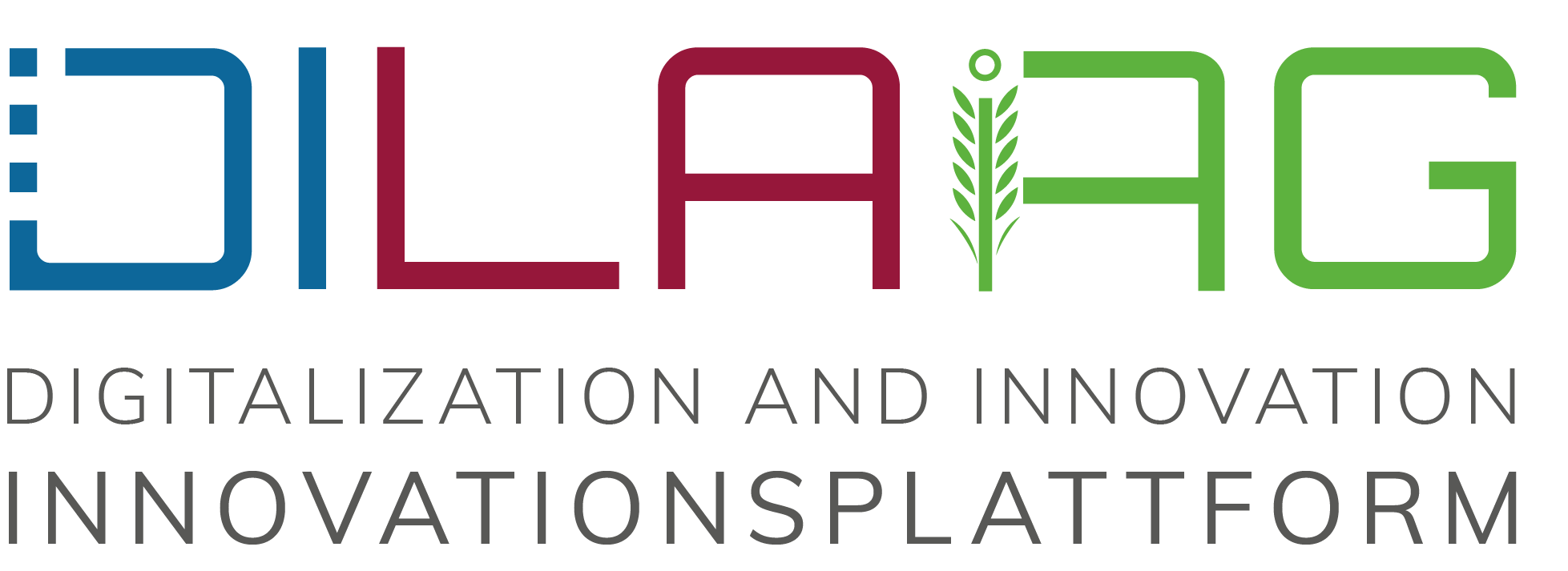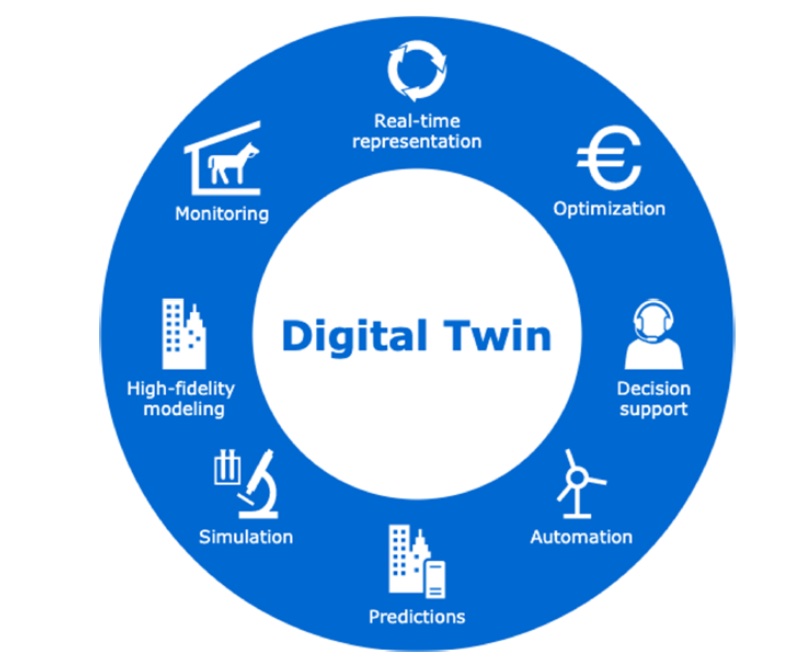In agriculture, research on the Digital Twin (DT) has primarily focused on proving the feasibility of experimental applications and technologies, overlooking the need to explore critical design characteristic such as scalability, reusability and simulation. In this context, many state-of-the-art DT examples have failed to 1 adequately outline generally applicable systematic design principles and supporting functionality necessary to ensure the long-term value proposition of the DT. To address this research gap, the DiLaAg consortium has investigated a novel proof-of-concept grassland DT that illustrates both the feasibility and value proposition of the DT for grassland management, utilizing an existing and widely available technology stack. Additionally, a reusable service based architecture was developed, culminating in a system which incorporates the ”Grasshopper” grass assessment tool and AgPasture grass simulation model to estimate the available Herbage Mass (HM) of a given pasture, with promising results. Compared to existing examples found in research, the resulting DT exemplifies though a reusable modular design, the Digital Twins ability to augment the value proposition of existing technologies, providing a generalisable and concise blueprint for the development of minimum-viable Digital Twins.
Supporting future applications of the concept in agriculture. However, this initial implementation identified several open question that must be address to ensure the future success of the DT, including the creation of standardised evaluation methodologies and methods to appropriately integrate users within the DT’s information flow. To address the latter challenge an extended system design was outlined and forms the bases for future work.

